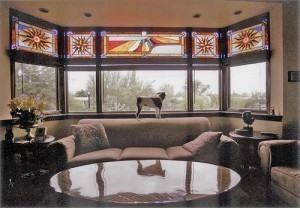Tangram Dimensions
The tangram is a type of dissection puzzle that is  composed of seven flat shapes that are called as tans. These flat shapes are then put together to form different kinds of shapes. Its main purpose is to form a distinct shape using all the seven flat shapes without overlapping them.
composed of seven flat shapes that are called as tans. These flat shapes are then put together to form different kinds of shapes. Its main purpose is to form a distinct shape using all the seven flat shapes without overlapping them.
Tangram Dimensions
The dimensions of the tangram are in proportion to a big square that has a determined height, width, and area that equals to one. The seven pieces of the puzzle have the following details:
– There are five right triangles in the puzzle consisting of two small right triangles, one medium right triangle, and two large right triangles. The two small triangles are hypotenuse of n/2 and the sides of n/2 square root of 2. The one medium triangle is the hypotenuse of n/square root of 2 and the sides of n/2. The two large triangles are the hypotenuse of n and the sides of n/square root of 2. The large triangles may have the size four times than that of the small triangles, however, their parameter is just two times as large.
– There is one square in the tangram and its size is the side of n/2 square root of 2.
– There is one parallelogram included in the puzzle pieces and its size is the sides of n/2 and n/2 square root of 2.
Of all the seven puzzle pieces of the tangram, only the parallelogram is unique because it only has rotational symmetry and no reflection symmetry. It means that the mirror image of the shape will not be obtained through flipping the shape over.
History
It is believed that the tangram originated during the Song Dynasty in the yanjitu furniture set. During the Ming Dynasty, some variation of the furniture set was evident until in the later years, it has became a wooden block set use for playing.
The puzzle may be believed to be of ancient origin but the earliest printed reference of it that is known to man is in the year 1813 in a Chinese book presumably written during the time of Jiaqing Emperor. Its western existence can be verified as early as the 19th century when American and Chinese ship owners brought the game to the American soil. An example of this event is during the year 1802 when the puzzle made of ivory placed inside a silk box was given to the son of an American ship owner.
The first use of the word tangram was in 1848 in the book of Thomas Hill entitled ‘Geometrical Puzzle for the Youth.’





